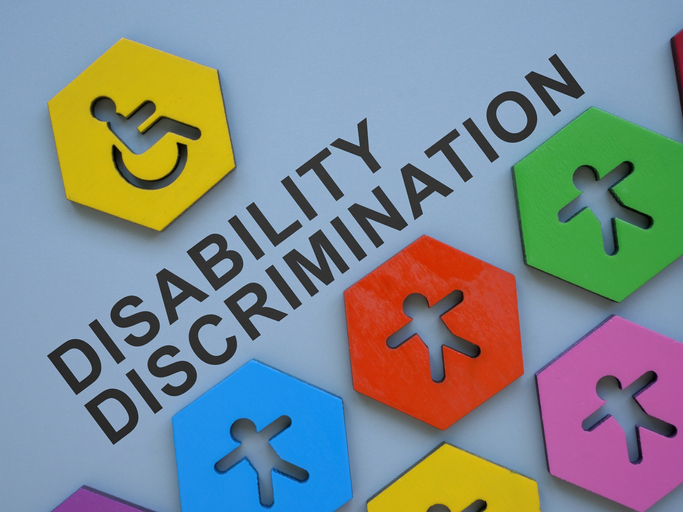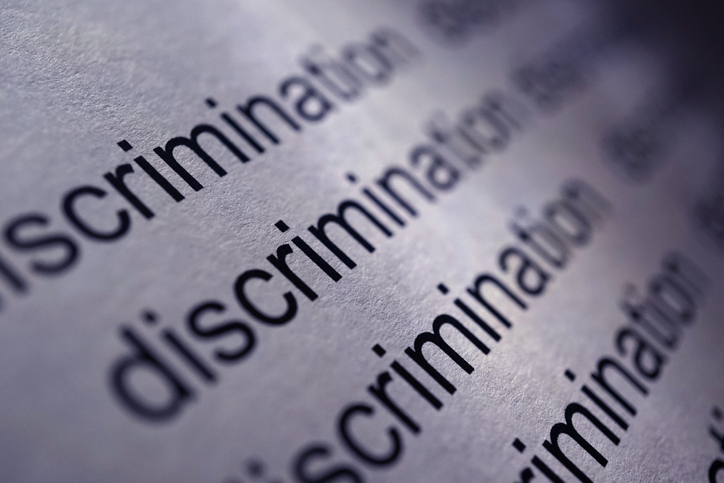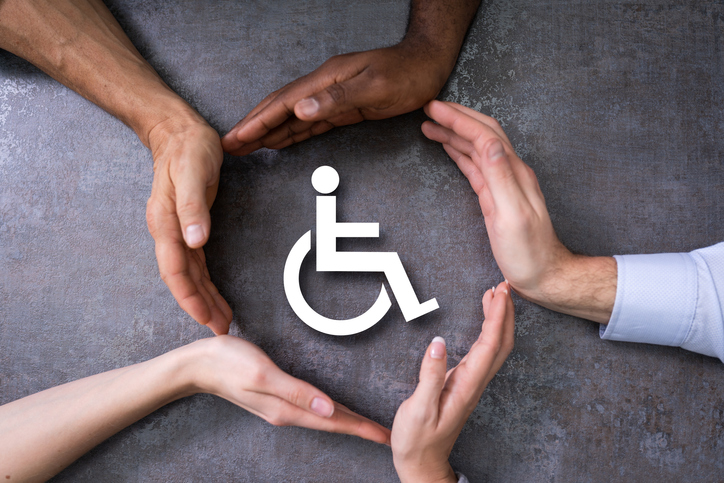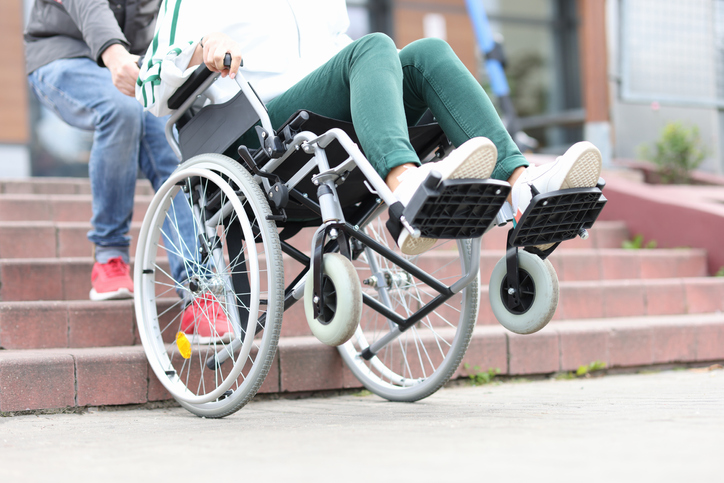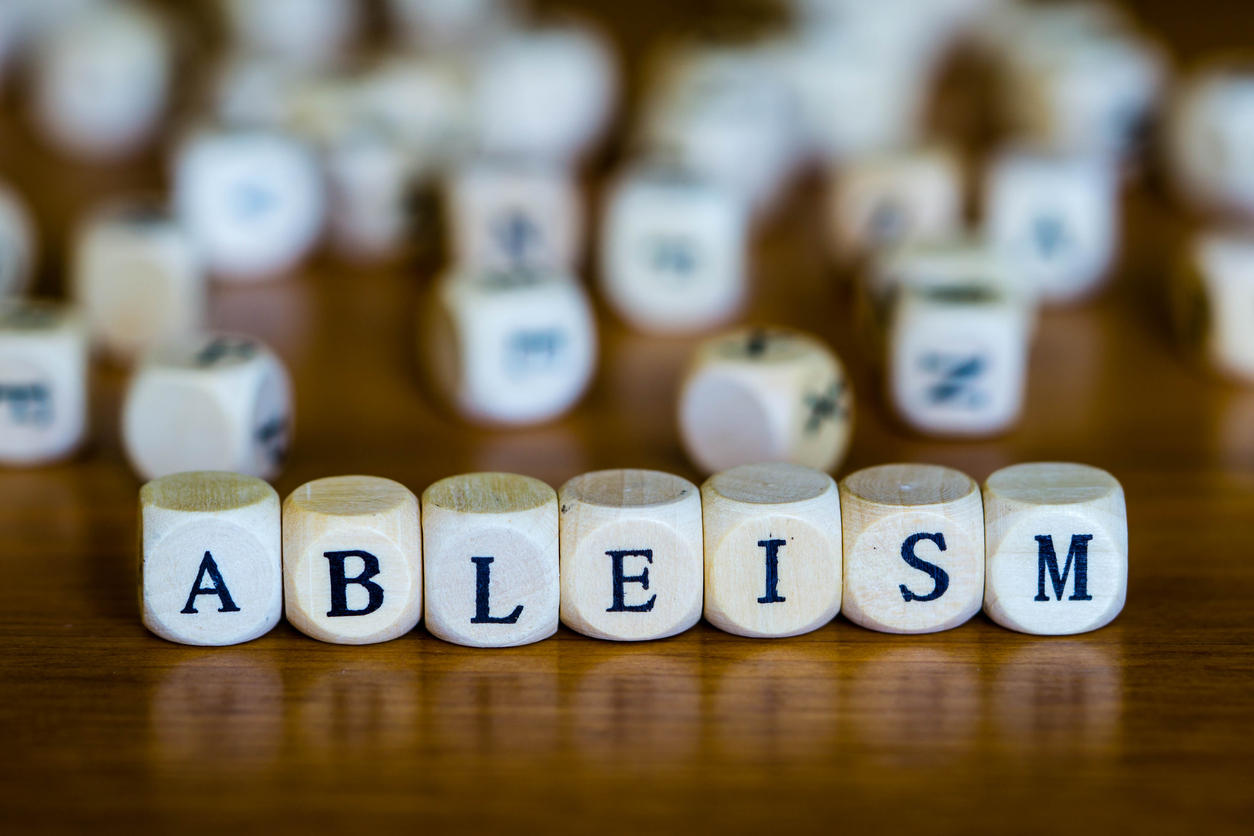Living with Chronic Pain
Forms of Ableism
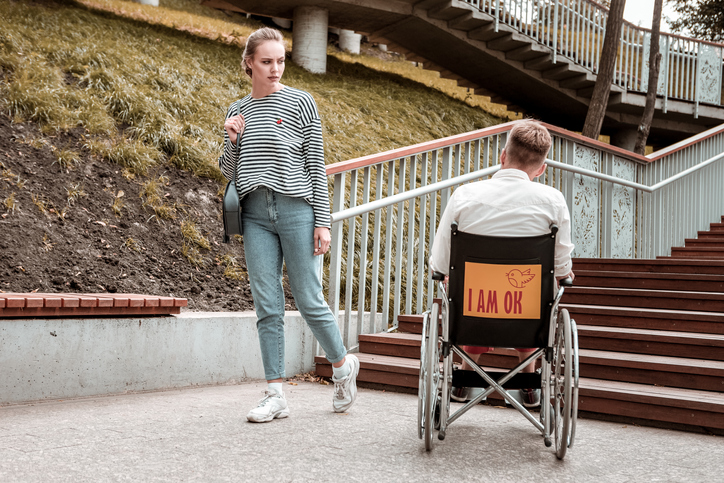
What is ableism? (Header 1)
Ableism is defined as any prejudice, bias or discrimination that is targeted toward disabled people. It is a set of beliefs that favors able-bodied individuals and discriminates against disabled individuals. Ableists may treat those with chronic pain or other disabilities differently, and often negatively.
Forms of ableism (Header 1)
Ableism occurs in society on a daily basis. The three main types of ableism include institutional, interpersonal and internalized. In addition to these, ableism can occur in several forms. They include hostile, benevolent and ambivalent.
- Hostile ableism
Hostile ableism involves intentional aggressive behavior toward a disabled person. An example includes openly mocking someone for their disability, such as how they walk, talk, the pain they experience, cognitive abilities, etc. It can also include physical abuse or assault of a disabled person, such as kicking over their mobility device or other acts of physical harm. - Benevolent ableism
Benevolent ableism enforces the view that disabled people are weak, nonintellectual, or need to be rescued. This is patronizing and objectifying, often stripping the disabled individual of their autonomy. An example could be taking a disabled classmate to prom and using the opportunity as a photo-op to post on social media as a way to glorify oneself. It could also be a non-autistic person talking over their autistic family member about what they think and feel. - Ambivalent ableism
Ambivalent ableism is a combination of hostile and benevolent ableism. It typically begins by patronizing a disabled person, such as trying to help by pushing their wheelchair without asking first. It can escalate to aggressiveness, such as yelling or kicking the wheelchair, when the individual objects.
Experiences ableism (Header 1)
Ableism can present differently for each person and is unique to their own experience. Factors that influence how a person experiences ableism include, but are not limited to, the following:
- The visibility of the condition
- Whether the condition is physical or cognitive
- Societal stigma of the condition
- Stereotypes
- Other intersections of identity, including gender, race, class, sexuality, etc.
Additional source: Medical News Today
